Growing your own herbs is so easy to do as long as you have a bit of knowledge about the different types and how to care for them. Growing herbs and using them to cook with, is a decision you will never regret. Once you cook with fresh herbs (or dry your own), you will never go back to store bought dried herbs. Today we are going to talk about annual vs perennial herbs and how to care for them.
Annual VS Perennial Herbs
Annual means that a plant only lives for one growing season and you need to replant it every year. They do not tolerate cold weather. Make sure to read the tag or google the info when you buy an herb so you know what to expect. I help out at my neighbor's garden nursery and people will often be upset when their herbs don't come back and think they did something wrong when in fact, they planted annual plants.
Perennial plants are the ones that will return the next season. Some "perennial" plants (tender perennials) are only perennials in warmer climates and are grown as annuals in very cold climates. You can search online using your zipcode to figure out in what hardiness zone you live in so you know what to expect.
Examples of Annual Herbs:
These are the most common examples of annual herbs.
German Chamomile
Grown mostly to make into herbal teas, this is cheery herb that prefers full sun with afternoon shade. Once it gets established, they are pretty drought tolerant. German chamomile is taller and sweeter than the roman chamomile variety.
Basil
Basil is my favorite herb and one I use the most in my cooking. There are so many culinary uses. Basil is an annual that needs full fun. Harvest from the top so the plant will grow bushier vs tall and thin. There are lots of varieties including lemon basil, purple basil and my favorite sweet basil.
Dill
Dill is a mederaterian herb that loves sun. Since it grows tall, plant in a place that will protect it from strong winds. Direct sow the seeds after all threat of frost is gone since it doesn't transplant well. If you are planting this in your vegetable garden, keep it away from carrots. It will lower your carrot yield.
Cilantro
Cilantro is a fast growing annual. It grows best in the cooler months (spring and fall) It is a short lived herb and will bolt and go to seed when it gets too hot. The seed is also used in cooking (coriander).
Parsley
Parsely prefers sun but can tolerate some shade. Parsley is one herb that does not like to dry out. Harvest by cutting the outer leaves, leaving the center. Flat leaved varieties have better flavor for cooking. Curly leaved varieties are more for garnish.
Fennel
Fennel is grown in many areas as an annual. It has a licorice like flavor and scent. It prefers full sun and rich soil. If it dries out too much, it will bolt (go to seed). But the seeds are also used in cooking.
Marjoram
Marjoram is similar to oregano but has a more subtle flavor and is a bit more sweet. It is low growing and spreads. Many grow it as a ground cover. They prefer full sun.
Stevia
Stevia is a natural sweetener. It is a bit harder than other culinary herbs to grow. It prefers cooler summers but it needs a lot of sun so if you live in a warm climates where it gets really hot, consider growing in dappled sunlight. They are difficult to grow from seed and it is best to buy new plants from a nursery.
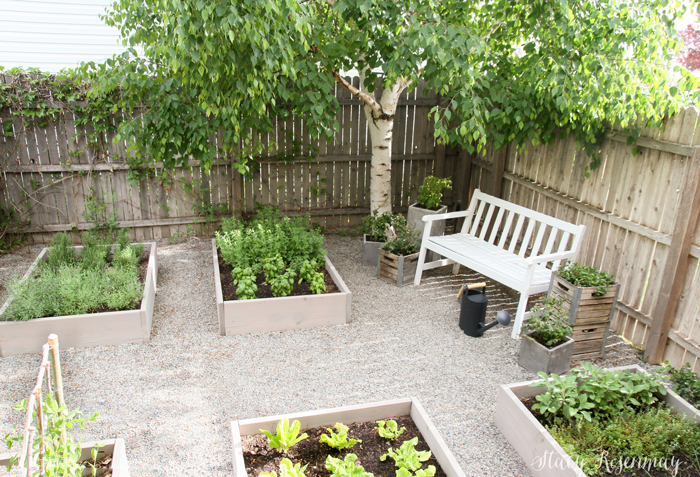
Chervil
Chervil is a sweet herb with a bit of a licorice taste. It is one of the few herbs that likes shade. Like cilantro, it will bolt when it gets too hot. It is a delicate plant and does not transplant well. It is best to direct sow the seeds in your garden.
Examples of Perennial Herbs:
These are the most common types of perennial herbs.
Oregano
Oregano prefers full sun but can handle a bit of shade. It has a very strong, spicy scent. It can spread over time (although it is not too invasive) and will need to be divided when it starts to go beyond where you want it to go. Some people use it as a ground cover. I like to cut it back in the fall or early spring so it can grow back nice and full.
Rosemary
Most types are perennial but some are treated as an annual in colder climates so make sure and google the variety to see if it is cold hardy if you live in a colder climate. Rosemary is a mediterranean herb and requires full sun and likes the soil to be on the dry side. When harvesting, cut from the top. Cut the tender new growth and don't cut too far into the woody stems.
Chives
Chives and garlic chives are a member of the onion family. I used them in place of green onions if I don't have any onions on hand. They do best in full sun but can handle some shade. After they bloom, remove the blossoms so they won't spread by seed. The flower buds are also edible.
Lavender
Lavender is another one that has both perennial and annual types. If you live in a colder climate, make sure to check that you are growing a variety that is cold hardy. They love sun and well drained soil. Pick a sunny location for them to grow. They are great at attracting pollinators to your garden. You will start to prune after the second year.
Mint
Mint is very aromatic. It is very invasive and you need to only grow it in containers or raised beds. Mint can quickly take over your yard otherwise. It does grow very well in containers. I have grown it in an old wood crate in my secret garden for years. There are different varieties such as peppermint, spearmint, and even a chocolate mint!
Lemon Balm
Lemon balm is in the mint family. Like mint, lemon balm can be invasive but instead of its roots, it is the seeds that cause it to spread. Make sure to remove the blossoms before they go to seed to keep it contained. It can handle some shade. It is a bushy plant with a lemony scent that some use as an insect repellent or in potpourri.
Tarragon
Tarragon likes sun but can handle a bit of shade. It actually does best in poor soil so don't fertilize. Good drainage is a must so if you have clay or soggy soil, consider growing in a pot or raised bed.
Sage
Sage prefers full sun and does not tolerate soggy soil at all so make sure to let it dry out in between waterings. After the first year, prune it back in the fall and it will regrow in the spring. Like many other herbs, there are lots of varieties. Purple sage is beautiful!
Thyme
Thyme is very drought tolerant once it is established. It does not like overly wet soil. Make sure it drys out in between waterings. It can tolerate small amounts of shade. Prune it back in the fall and it will regrow in the spring. It is hard to grow from seed so it is mostly grown through cuttings. There are a lot of fun varieties of thyme and many people grow it in flower beds and rock gardens. They can have white, pink, or purple flowers.
Feverfew
Feverfew looks very similar to chamomile. It also has white flowers with a yellow center but the leaves are different. It is used for it medicinal properties and is good for headaches. I grow it as a cut flower. It reseeds itself well. It likes sun but can handle some afternoon shade.
Basic Care for Herbs
Most herbs require full sun but there are a few that can handle partial shade. Since herbs love the warmth of the sun they also like to be kept more on the dry side. For this reason, they need well-drained soil. When herbs are watered too often, they can lose their flavor. But on the flipside, don't let them dry out completely in between waterings.
Herbs don't require a lot of fertilizer. Over fertilizing will also result in poor flavor. I usually just top dress the soil they are in with compost at the beginning of the growing season.
Starting Herbs From Seeds, Propagating, and Dividing
Starting annual herbs from seeds is a bit easier than perennial herbs. Unless you live in a very warm climate with a long growing season, I recommend starting your annual herb seeds indoors 6-8 weeks before you plan to transplant them outside. You will need to start perennial herbs even sooner. I have a really good post all about starting seeds indoors.
Some Herbs are easy to propagate like thyme. Take cuttings and simply stick them in the soil and they will grow new roots.
Perennial herbs like oregano and mint will spread over time and will need to be divided. You can simply dig up the herb and transplant elsewhere or share with a neighbor.
How to Harvest
Cut from the top when harvesting your herbs. Basil, for example, will get tall and leggy of you only harvest the big leaves at the base of the plant. If you want your plant to get big and bushy, cut from the top. You will also need to keep and eye on your herbs and pinch any blooms that are starting to form. Unless you are trying to save seed for the next year, the blooms need to go. All the plants energy will go to the flower and the leaves will no longer have any flavor.
Preserving Your Herb Harvest
You can either dry or freeze herbs for later use. If you have a dehydrator you can use it on the lowest setting to dry your herbs. Even though I have one, it is usually full of fruit so I hang my herbs to dry. When I freeze them, I mix them with olive oil or else they don't retain their flavor.
A Must Have Tool
I bought these herb scissors (affiliate link) several years ago and I use them all the time. If you grow fresh herbs and use them in your cooking, they are a must have tool. They are inexpensive and make a great gift for the gardener and chef in your life!
What are your favorite herbs to grow? Are there any that you have been wanting to learn more about? I'd love to hear about your experience in growing herbs in the comments below!
PIN For Later:
You will also like:


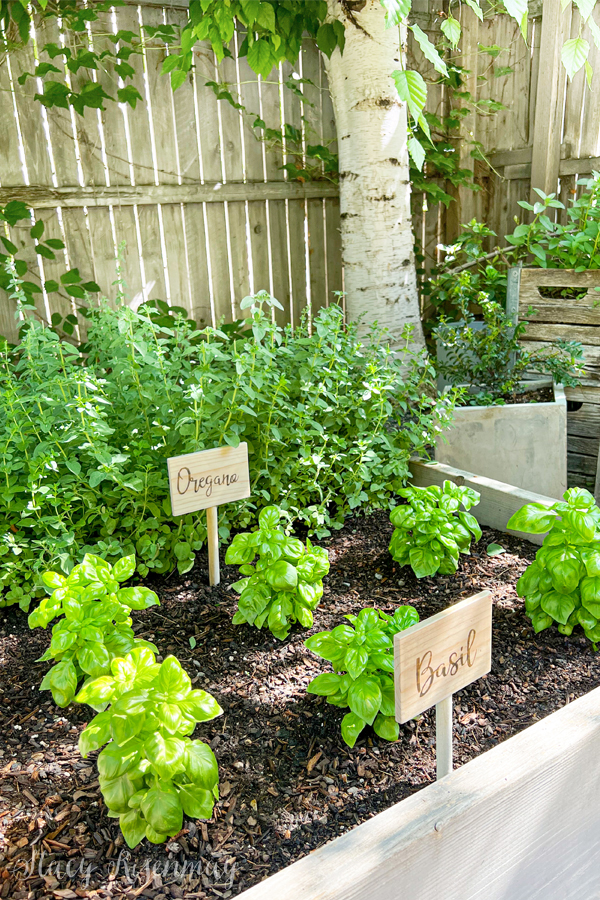
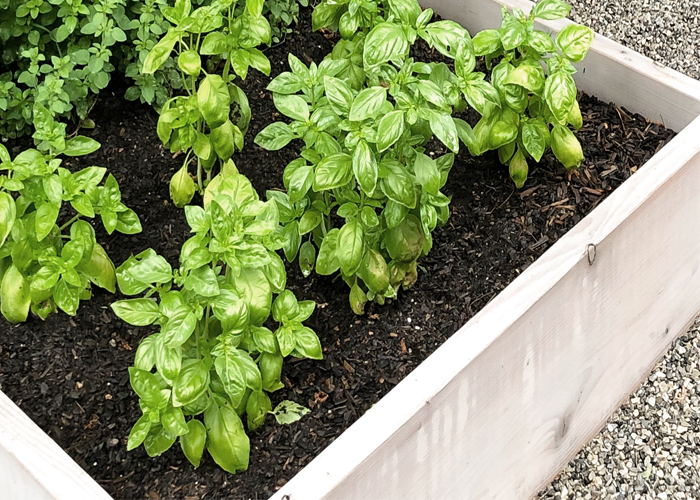
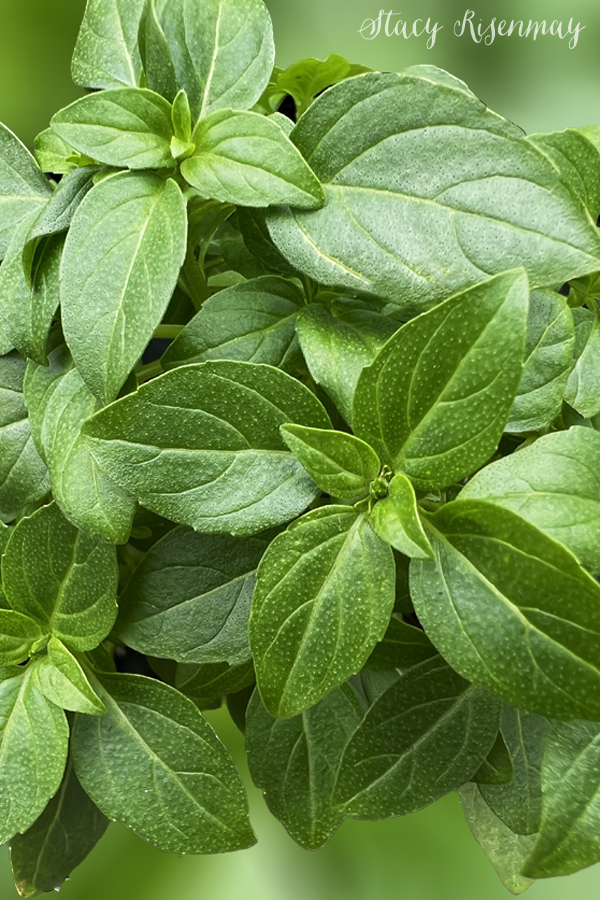


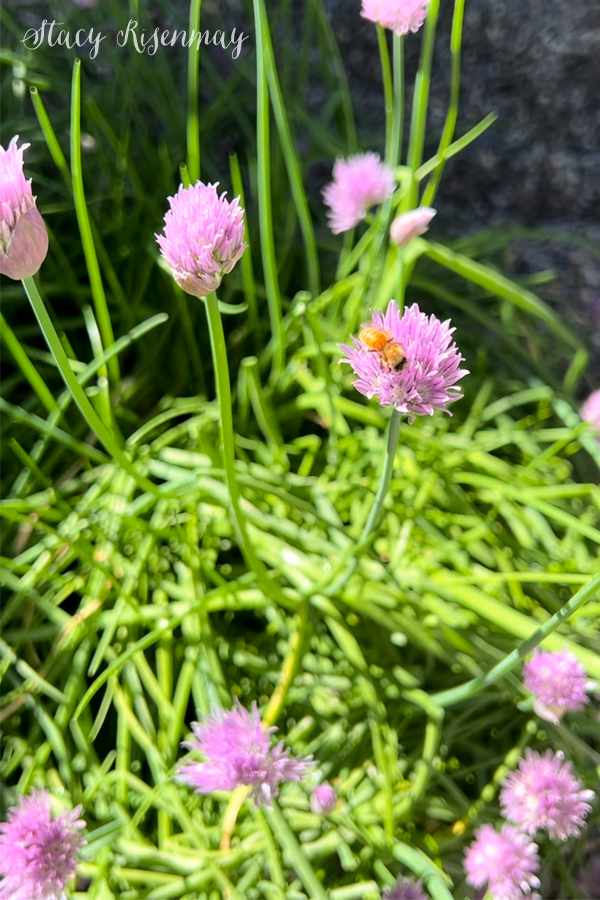
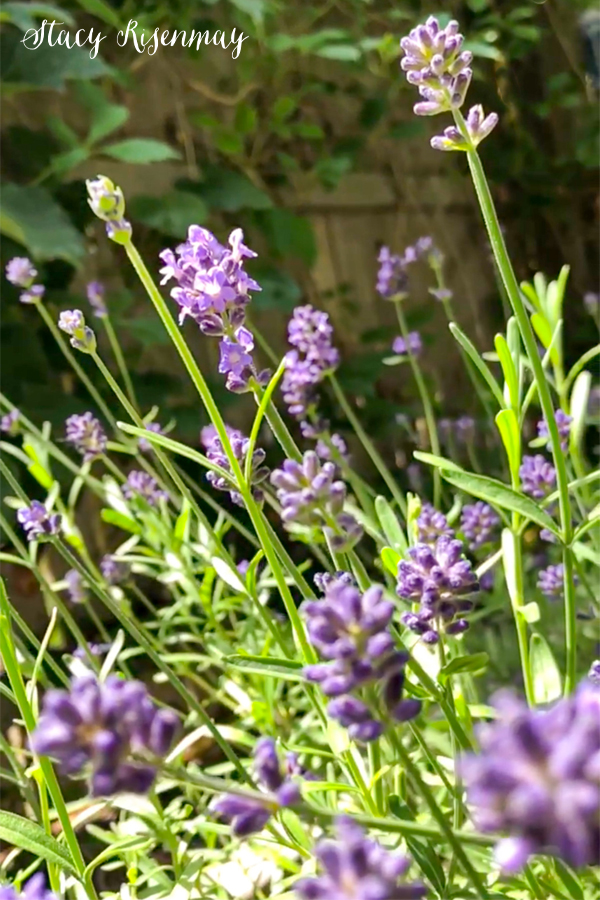
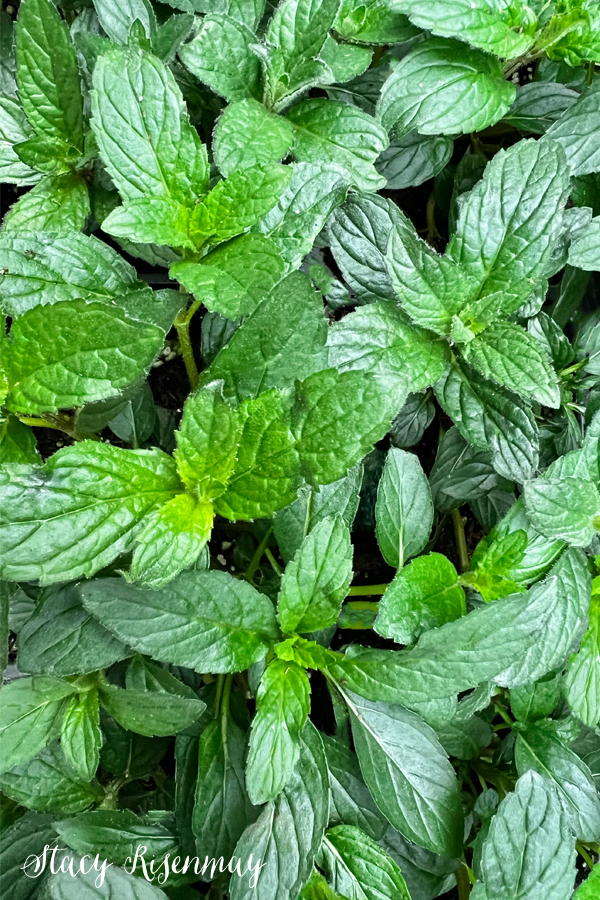
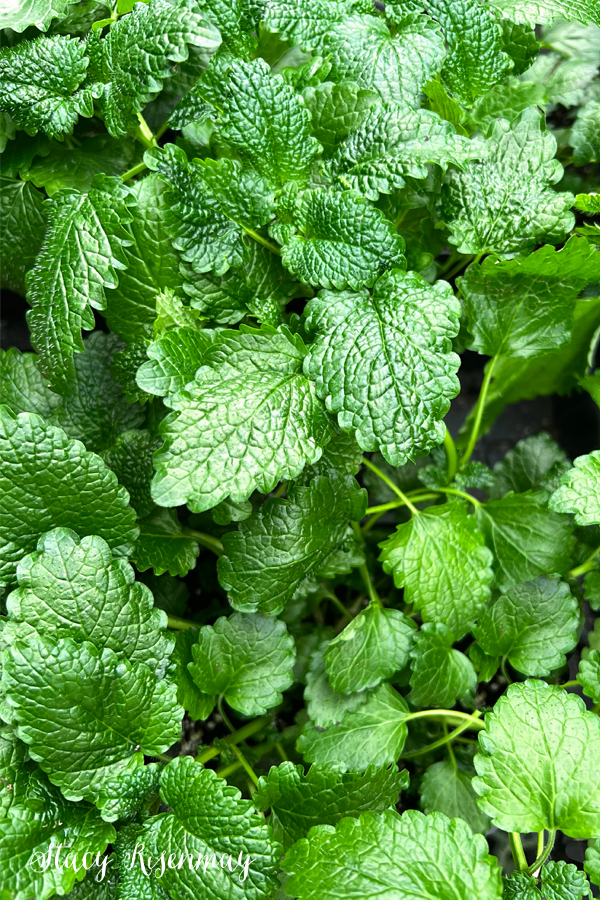
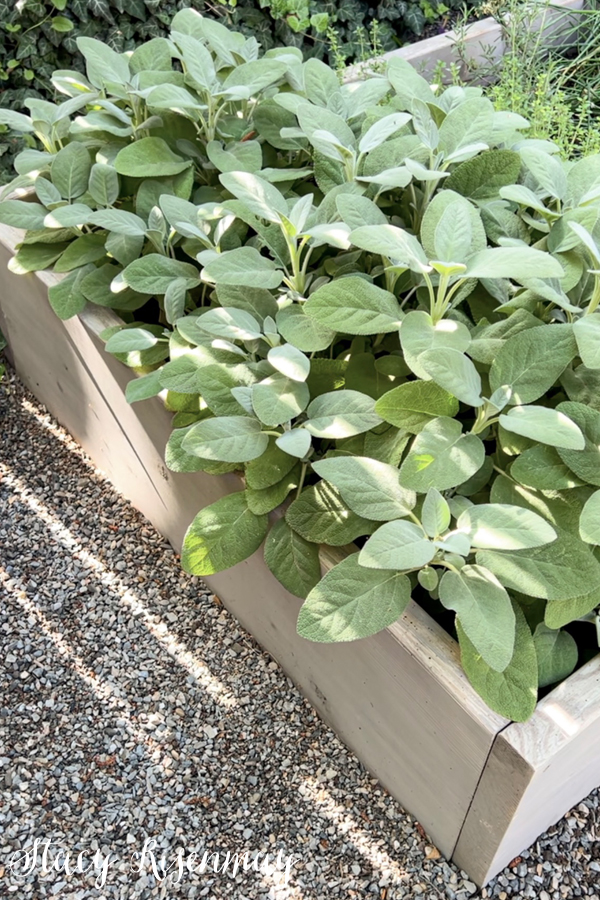
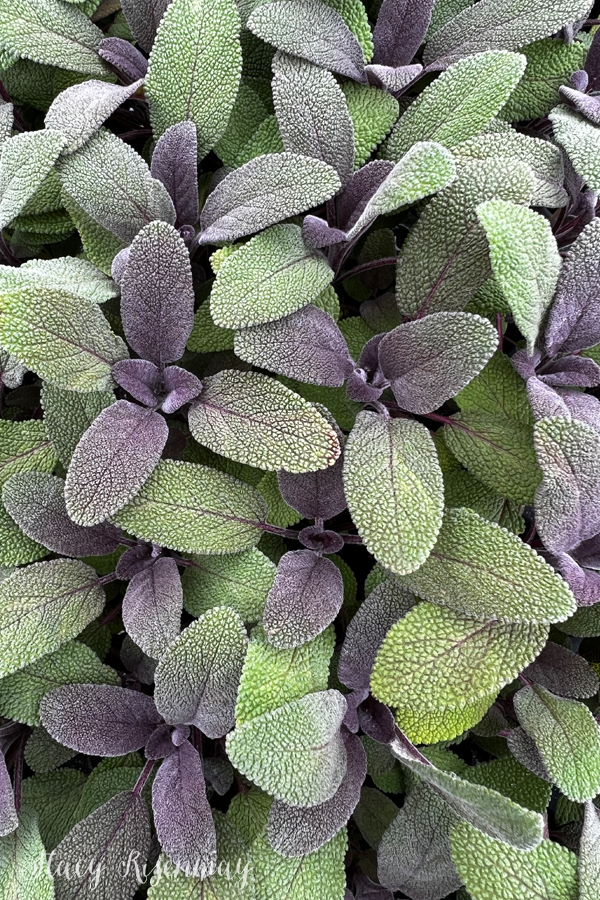
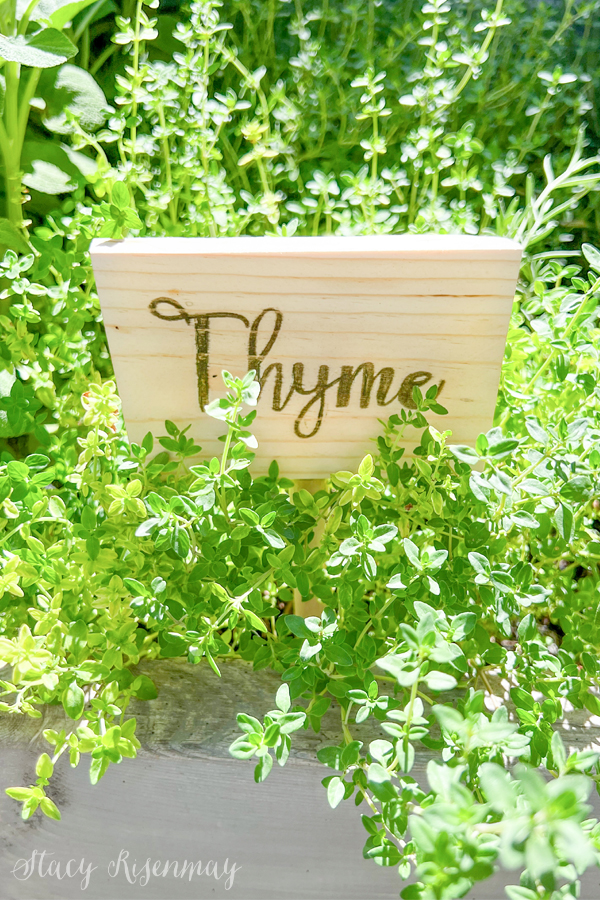
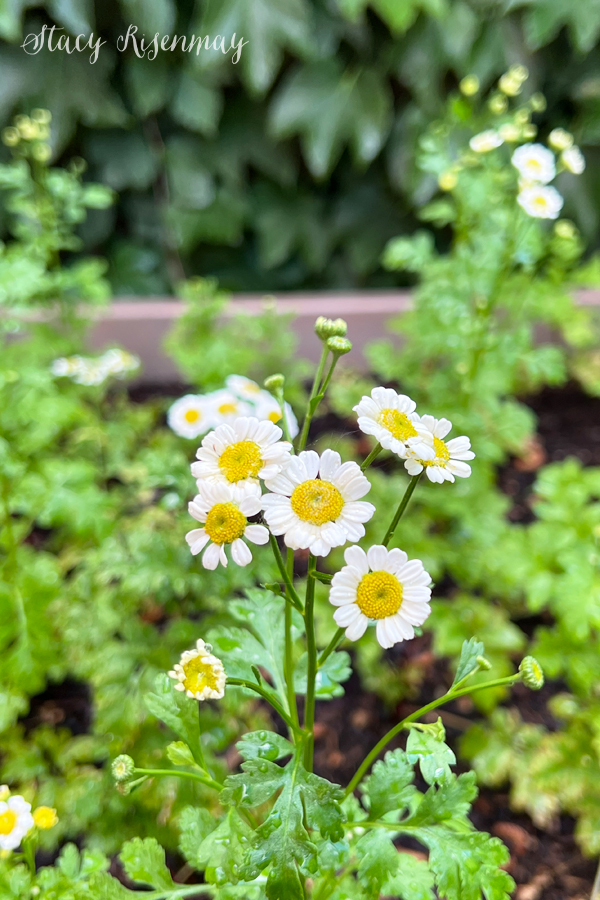
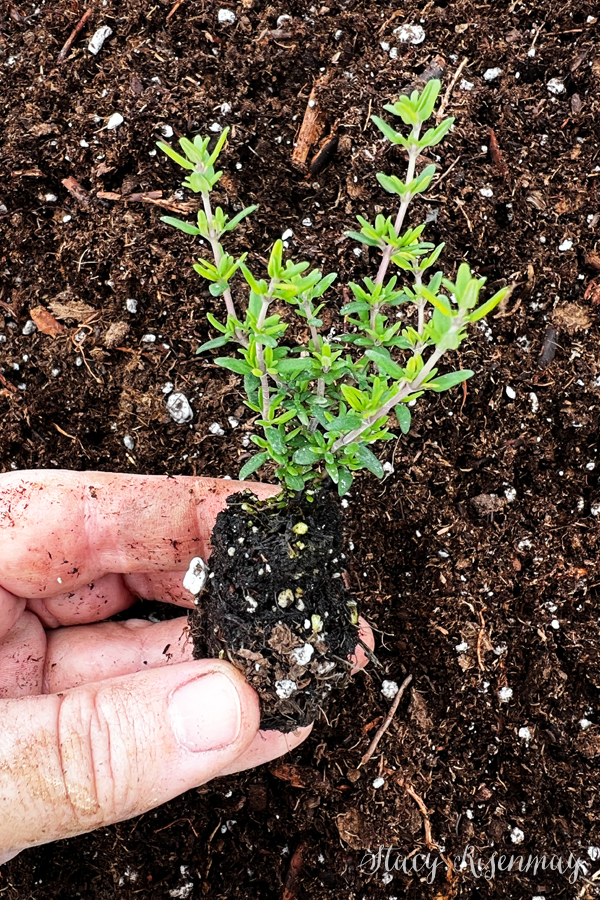
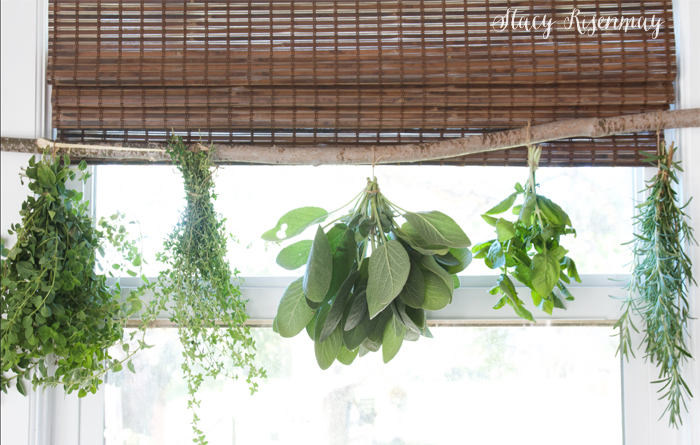
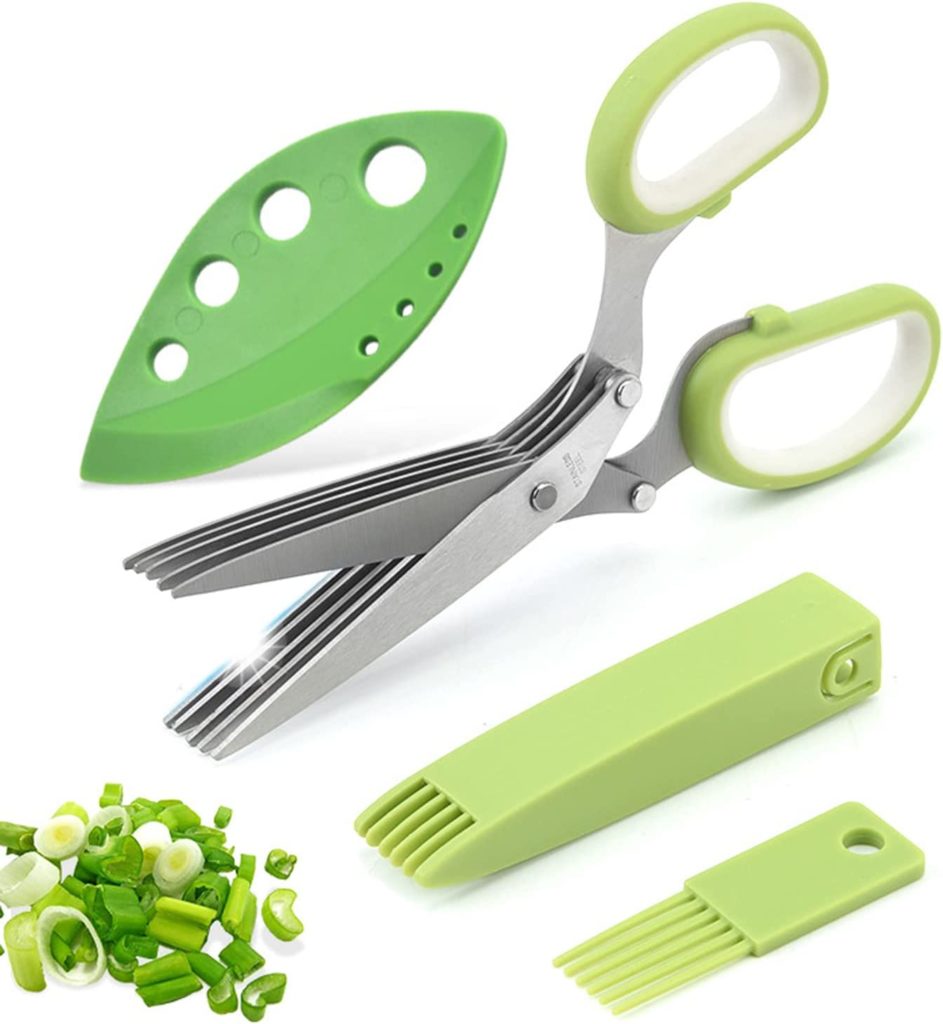
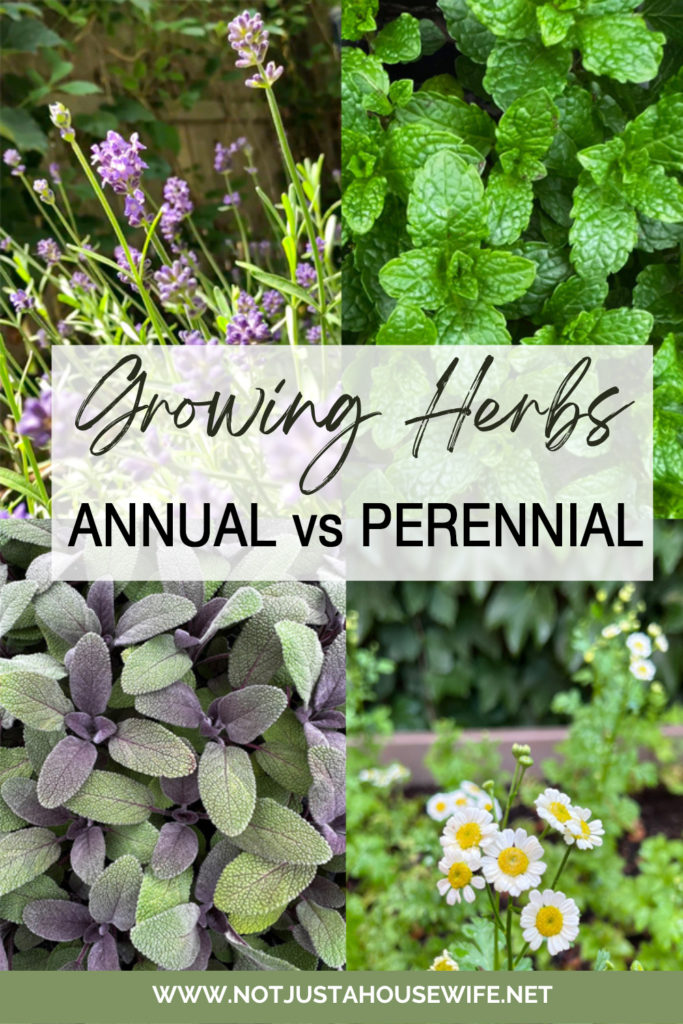
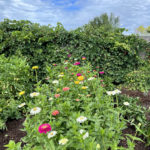
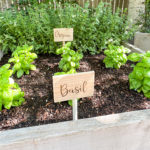

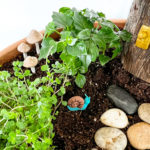
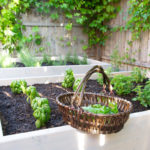
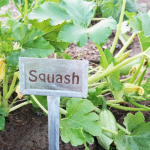
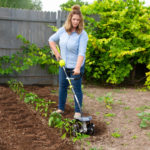
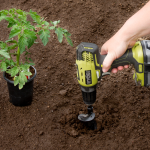
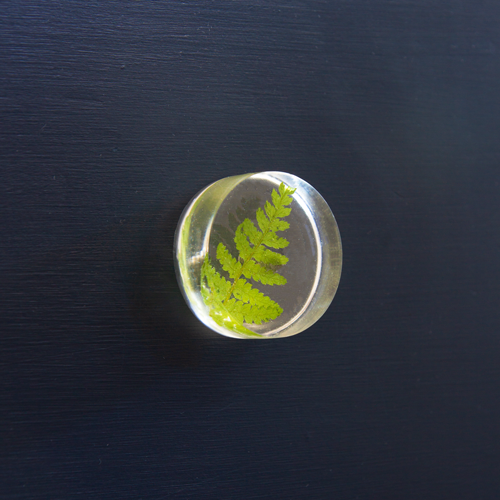
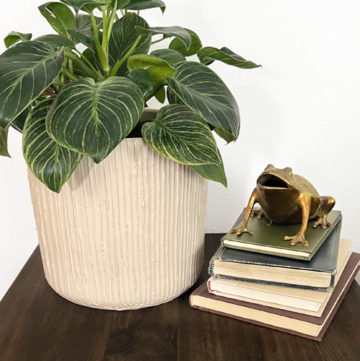
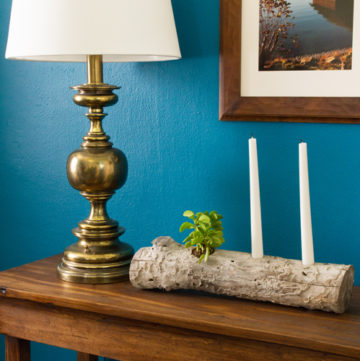

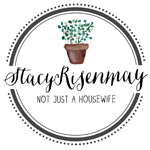
Comment Below!